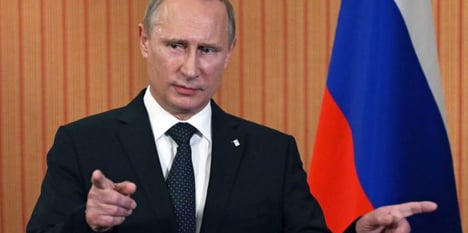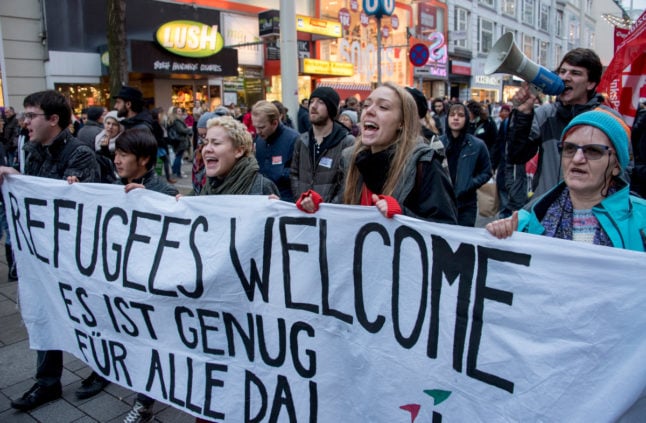“We know that Putin wants to divide the EU… they always try to when they are driven into a corner,” Bildt said at a meeting of EU foreign ministers in Luxembourg. Contact with Russia is important he said, but it should be the EU’s responsibility and not Austria’s.
Austrian Foreign Minister Sebastian Kurz defended President Heinz Fischer’s decision to invite Putin – who will arrive on Tuesday. "I think it is legitimate to talk to both sides. We’re not stepping out of line."
Kurz added that for the first time, there was a peace plan, suggested by new Ukrainian President Petro Poroshenko. This was an important step, said Kurz, and the EU completely supported it.
Fischer had been in touch with Poroshenko, Kurz said, and now he wanted to talk to Putin, who was on the other side of the conflict.
But Bildt seemed sceptical that Russia might cooperate in helping to solve the Ukraine crisis and complained that Russia "is conducting a propaganda war with full speed ahead and no signs of them closing the border" to stop arms and militants entering Ukraine.
Economic relations
According to the opposition centre-left Greens EU MP Ulrike Lunacek, the Austrian heads of state and government mostly wanted to talk about economic ties, and not so much about political topics.
For Fischer and Chancellor Werner Faymann, the visit was mostly about "intensifying economic relations with Russia," she said. "The Ukraine crisis is obviously not the main topic."
This was sending the wrong signal, because the Ukraine crisis was about war and peace in Europe, said Lunacek.
The leader of the Greens, Eva Glawischnig, said that it was "disconcerting" that Putin was not going to be available to speak to the Austrian parliament. "Critical dialogue" was obviously not wanted, she added.
Austria wanted to be Europe's main hub for gas from Russia, said Glawischnig. This just maintained and even increased the dependence on Russia for oil and gas.
In addition to the Austrian chancellor, Putin will meet separately in the evening with Swiss federation president Didier Burkhalter, who chairs the OSCE.
The OSCE was instrumental in establishing the ceasefire with the separatists of the Donetsk People's Republic on Monday.
Also likely to come up in discussions is the situation with the eight OSCE military observers, who have been missing and believed abducted by Ukrainian separatists.
Protests expected
Meanwhile the chief executive of Austrian energy group OMV has called for accelerated negotiations to approve the proposed South Stream gas pipeline. It is unrealistic to think Europe could entirely wean itself off Russian energy supplies, Gerhard Roiss said.
During Putin’s visit OMV and Russian partner Gazprom are expected to sign a contract on bringing the South Stream gas pipeline to Austria.
"A third of our gas comes from Russia, in some regions even 100 percent," Roiss told the WirtschaftsBlatt newspaper.
The South Stream pipeline would bring Russian gas to Europe without having to pass through Ukraine, which has been locked in a violent stand-off with Russia after Ukraine's pro-Moscow President Viktor Yanukovich was ousted.
Protests against Putin’s visit are expected in Vienna on Tuesday.
A group called Euromaidan Wache Berlin has called for a demonstration of all nationalities to gather outside the Hofburg, in front of the president’s office at 1pm, and another group has organized a ‘rainbow’ march to protest against Russia’s anti-gay stance which will gather at Schwarzenbergplatz at 4.30pm.



 Please whitelist us to continue reading.
Please whitelist us to continue reading.
Member comments